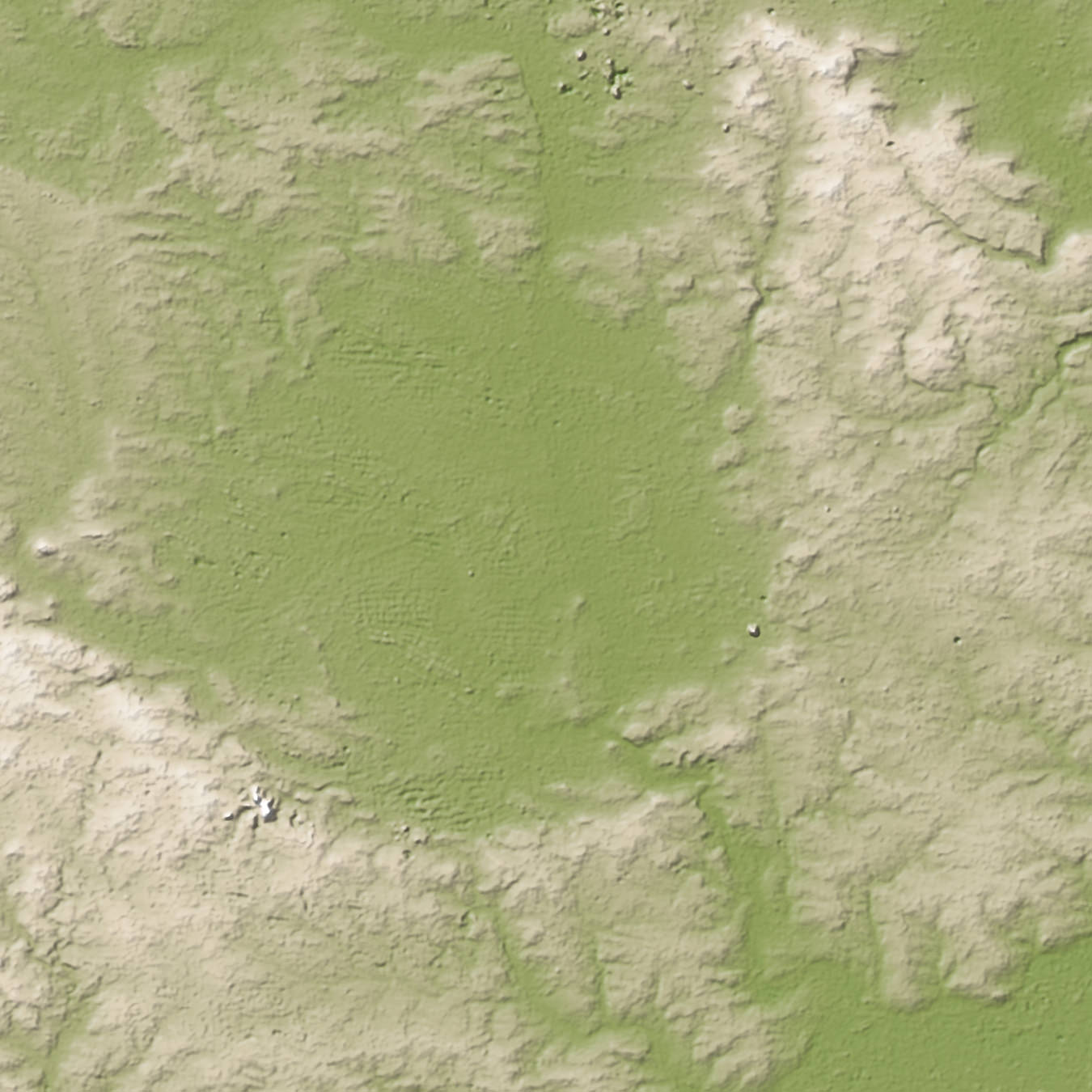Could life thrive in the devastated rock left behind after a meteorite impact? A new study hints that possibly, that could be the case. Researchers discovered what they think are geological records of biological activity inside of Nördlinger Ries, a crater in Germany that is about 15 miles (24 kilometers) wide.
What the researchers say could be microbial trace fossils — specifically, tiny “tubular features” — were spotted inside the impact glass created after the meteorite impact melted the surrounding rock. These features are tiny — one-millionth to three-millionths of a meter in diameter — and were examined with spectroscopy and scanning electron microscopy to confirm the findings, the team stated.
“The simplest and most consistent explanation of the data is that biological activity played a role in the formation of the tubular textures in the Ries glasses, likely during post-impact hydrothermal activity,” stated post-doctoral fellow Haley Sapers, a post-doctoral scholar at the University of Western Ontario who led the research.
The researchers suggest that on other planets, looking in impact glass might be a good spot to search for tubular features such as the ones they found. The findings are peer-reviewed, but we’ll be interested to see what independent research teams make of the data collected.
You can read more about the research in the journal Geology.
Source: University of Western Ontario


Aerial view of Nördlinger Ries crater in Germany, a formation so subtle it was not even known as an impact crater until the 1960s
Let us make a great big note about impact crater history: There were no accepted impact craters in the world until Gene Shoemaker proved Ries was of impact origin, in 1960. Shoemaker later went on to prove Barringer Crater in Arizona, Teague crater in Australia, Sudbury, Manicouagan and many others.
Geologists spent over a hundred years doing everything in their power to disprove impacts from space. Hence the term, “crypto-explosive” event. It wasn’t until the old guard died (and man went to the Moon) that impact craters became accepted science. Gene Shoemaker led the way.
To be fair, the old guard wasn’t all bad. Scientific consensus about Barringer crater gradually turned to impact origin at the turn of the 20th century, because it formed very recently, so there are plenty of meteorites left in the area.
Due to the lack of understanding, the land was bought by a mining company with the expectation of excavating a nice big Easter egg of iron.
Shoemaker put everything on solid ground, of course.
I am confused by this report. The claims that the tube-like structures found the Martian meteorite ALH 84001, which resemble bacteria, were dismissed because they were too small to be bacteria. Yet the structures described here are even smaller. Is the biological community coming around the thought that ALH 84001 did, in fact harbor Martian microorganisms?